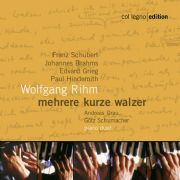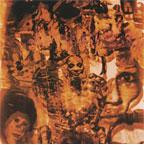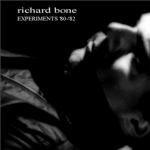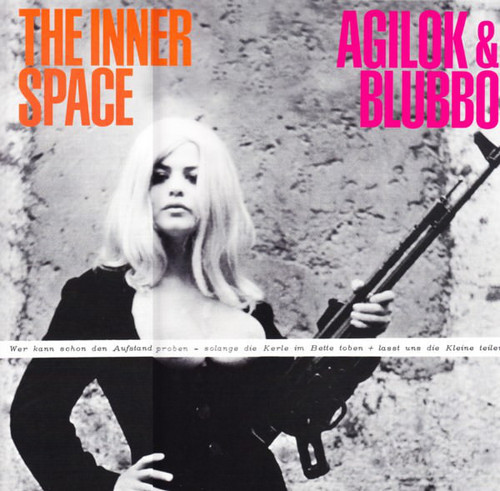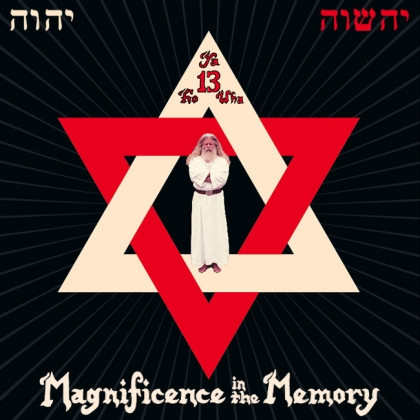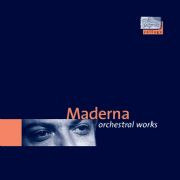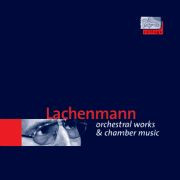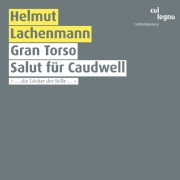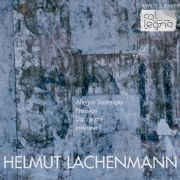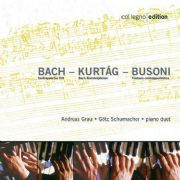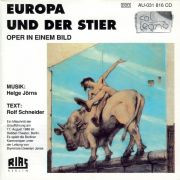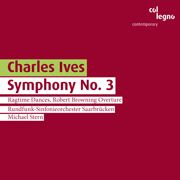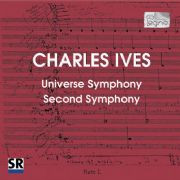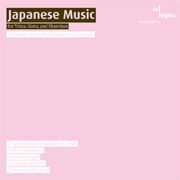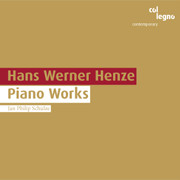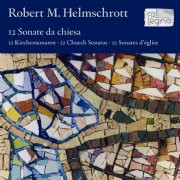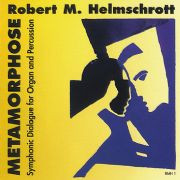Reissues
mehrere kurze walzer
Franz Schubert may not have been an expert dancer, but he certainly was an extremely skilled composer of dance music. Most of his numerous dances – often miniatures comprising only a few chords – were improvisations created for special occasions, such as house parties. And many of these impromptu waltzes were noted down by Schubert later, including several pieces for piano four hands. Brahms, who held Schubert's music in high esteem, remained faithful to his own majestic musical language in his …
Double sextet (1975)
Recorded in ann arbor in 1975, this long lost destroy all monsters gem features the group as a sextet (mike kelley, jim shaw, cary loren, jeff fields, kalle nemvalts, and john reed). missing are the lovely lyrics and goth scrawl of niagara but in her place we see the collective brainstorm through 30 minutes of an underground music/non-music and b-culture genealogy that is unmistakably destroy all monsters. a melted mind, reconstructed with duct-tape, bent circuits, saxophone drips, and fuzz that…
Experiments \'80-\'82
self-issued cd collecting two early 80s cassette-only releases (“quiz party” & “life in video city”) by richard bone, both tipped by the mutant sounds crew a few years back resulting in something of a renewed interest in this otherwise obscure figure in the 70s / 80s “minimal synth” wave - jumping back & forth between noisy, arpeggiated sequences & more atemporal modes (i can certainly hear the tod dockstader influence throughout the “quiz party” pieces) this is in many ways the perfect disc for…
Agilok & Blubbo
The Inner Space is the stuff of legend. This obscure outfit is best known as the antecessor band of Can and not much is known about them except it featured the core members of Can (Irmin Schmidt, Holger Czukay, Michael Karoli and Jaki Liebezeit) and lasted just a few months before renaming themselves The Can and releasing Monster Movie. They left two ultra-obscure seven inches as their only recorded legacy and only the first of them is credited to The Inner Space, it contained two songs taken fr…
Magnificence In The Memory
Early archival recordings: brand new release of never-before-heard material from the heyday of Ya Ho Wha 13, featuring the legendary Father Yod and his sons playing improvisational, psychedelic spirit music recorded in the wee hours of morning meditation. Father was a wealthy man, with a rich inner life, a family of disciples that loved him, many, many women and seemingly unlimited power. So why at the height of his success, did he choose to spend his time playing rock and roll? Having a band in…
Rosa De Sangue
Digital version in a heavy mini LP style cover with exact reproduction of the original artwork, and a full color foldout mini poster insert with new liner notes by Lula Cortes. Edition of 1000 copies." "First ever reissue of this Brazilian private press monster rarity. Originally custom pressed in 1980, Rosa De Sangue is the closing chapter of the amazing Recife psychedelic movement that flourished and centered around the work of Lula Cortes, beginning in 1973 with the release of Satwa, and the …
Oboe Concertos
The oboe more than suited Maderna's partiality for clear structures and sensual-concrete sounds. It was not without good reason that at a time when the supply of music dedicated to the oboe was anything but plenty, Maderna wrote, not one, not two, but three concertos (besides several other works for oboe) for this "nasal" sounding member of the woodwind family. The first oboe concerto (1963) seems almost classical in its character, in the interplay of oboe and orchestra, or involving other instr…
Orchestral Works
From this combination of ancient styles and arts of the past with contemporary music arises a series of particularly impressive works. In his Ausstrahlung, for instance, Maderna uses texts from an ancient Persian anthology and poems by various Persian authors in English, Italian, French and German translations, which are recited, sung and played from tape. Some ten years before, Maderna wrote the Konzert für Oboe und Kammerensemble out of fondness for the oboe. Another two concerts would follow …
Orchestral Works & Chamber Music
Hardly any other composer has ever been as far removed from conservatism as Helmut Lachenmann. In all his oeuvre his listeners are never permitted to lean back comfortably even for a moment in expectation of the well-known and familiar. Again and again Lachenmann succeeded, and still succeeds, in shaking the "aesthetic apparatus," the system of conventional formulas and phrases established throughout decades and centuries, to its very foundations. Intérieur I (1966), a piece for percussion solo,…
Gran Torso / Salut für Caudwell
In 1988 the first issue of these recordings of Gran Torso and Salut für Caudwell was awarded the Preis der Deutschen Schallplattenkritik (German Record Critics' Award); and neither compositions nor recordings have lost any of their value up to today. In Gran Torso, Lachenmann tried to explore the “mechanic and energetic conditions of sound production”. This resulted in singular, unusual sounds which simultaneously exploded the barriers of audibility, playing technique and sound as such. The guit…
Allegro Sostenuto / Pression / Dal Niente / Intérieur I
Both Sostenuto and Dal niente were composed for the clarinetist Eduard Brunner. “As in the earlier Ausklang for piano and orchestra, the musical material is determined by the interplay of the experiences of resonance on the one hand and motion on the other. Both aspects of sound encounter one another in the conception of structure as a multiply ambivalent ‘arpeggio’, i.e. as a process of construction, deconstruction and reconstruction – experienced in temporal succession – which is conveyed both…
Piano Duet
Before the epigones take over the stage we are given a chance to hear out Bach himself: the unfinished four-voice Contrapunctus XIV from the Art of the Fugue marks the starting point of Andreas Grau's and Götz Schumacher's remarkable exploration of the Bach cosmos. In the Berlin autograph of the Contrapunctus XIV the place where the score breaks off is marked by an inscription: "At the point where the name BACH is introduced in the countersubject to this fugue, the composer died." Even though fr…
Europa und der Stier
Myths are human experiences congealed into fables. Rolf Schneider, expelled from the GDR Writers' Association in 1979, presents the story of Europa and the bull as a dirty joke, a great comical love story, the story of a girl used and discarded by a macho, a defeat with a disastrous outcome. Composer Helge Jörns has clothed the plot in chamber music of an aggressive clarity, developing the – both logical and precise – formal division with exceptional skill out of the dramatic requirements: "Form…
Orte und Zeiten/Tempi e Luoghi
While traveling through time in Italy and Germany, Thomas Jahn was particularily intrigued by the “culture of resistance”. The poems underlying the cycle are all concerned with resistance – resistance against war, against the lack of affection and against inhumanity: “He finds its remnants, so prevalent in Italian folklore, also in German lyric poetry.” (Hans-Werner Heister) Some of the texts alternate between German and Italian, sometimes even within the space of a single phrase or word. The pr…
Symphony No. 3
Charles Ives (1874-1954) earned his living by selling insurance policies to his contemporaries. Besides, he took a great interest in literature, philosophy and, first and foremost, music. And what came of it? The most original modernist music one could imagine. Ives's Third Symphony was inspired by his memory of camp meetings, the Christian "evangelistic gatherings" common in his youth. However bizarre these meetings may appear to us, they were a familiar feature of rural America especially duri…
Universe Symphony / Second Symphony
The most ambitious and grandest of his projects would of course never see completion. For over forty years, Ives continued to supplement the material for his Universe Symphony, adding both notes and details. At some point, the scenario he envisaged got somewhat out of hand, Henry Cowell reported. “Several orchestras and large parties of singers, male and female, were to be placed in valleys, on mountain slopes and on summits,” and “6 to 10 different orchestras on several mountain tops, each movi…
Music For Voice, Koto And Shamisen
As part of its Japan focus the 1999 Biennial Festival for New Music in Hannover also presented Toshio Hosokawa's exploration into the music of his "musical ancestors." This CD was recorded live during the performance and includes three works from the 17th and 19th centuries. Chidori no kyoku by Yoshizawa kengyô II (1808-1872) is based on the 31-syllable poems of the classical poetry anthology Kokin wakashû (10th century), so-called waka poems; chidori is the Japanese plover, whose calls have bee…
Piano Works
Jan Philip Schulze has been playing Henze’s piano works “in his sleep,” as he says. Indeed he has worked with the composer intensively on every piece, yet during the recording sessions he was noticeably surprised, while listening back to recordings, to find himself confronted by the work afresh, discovering new sides to it which he had previously experienced differently.
12 Sonate Da Chiesa
There is little doubt that Helmschrott’s Sonate da chiesa only bear a fleeting resemblance to their namesakes from the 17th and 18th centuries, which, emerging from Northern Italy, quickly rose to great popularity in Baroque Europe. Among the resemblances is their bipartite structure with slow and fast movement and, of course, the use of an organ. Far from expressing formal dependence, the archaic names of the movements lend the twelve pieces a Mediterranean superstructure, as it were. The manif…
Metamorphose
“Once you focus your will and mind on a particular thought or sentiment, and screen out the external world, you’re being transported into a state of contemplation, which fully takes effect in solitude: relaxation in a unity of subjective and objective experience which has come to rest.” (Robert M. Helmschrott) In the best case scenario, this basic, contemplative frame of mind helps sharpen consciousness, which, in turn, further deepens the understanding of music,” “reaching deep into the all-enc…
